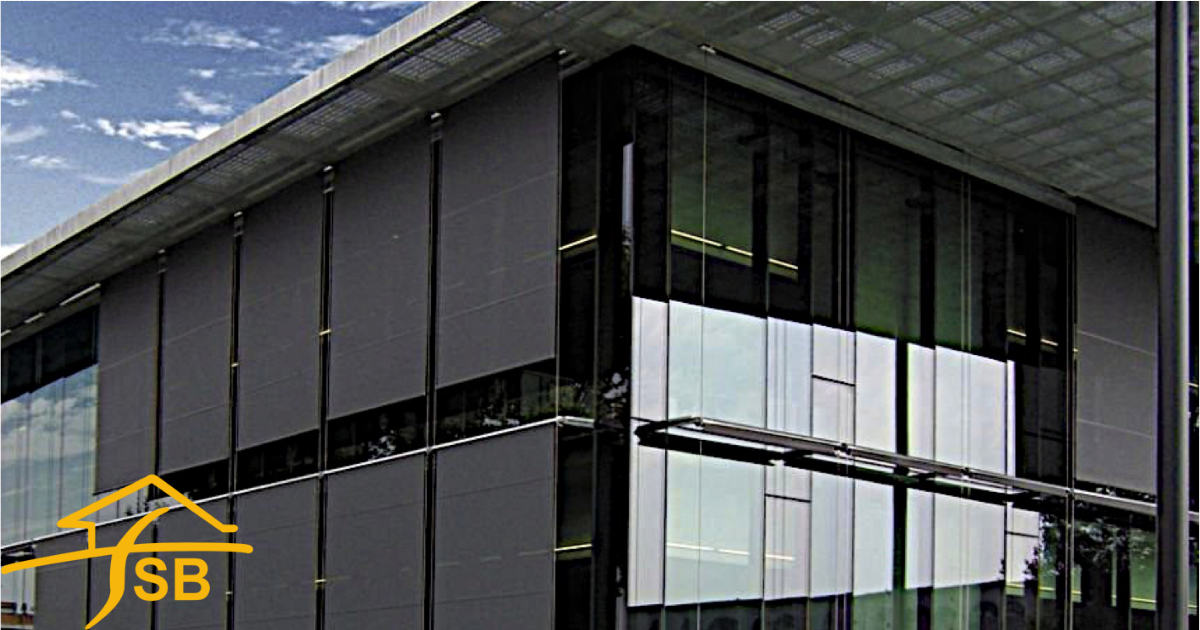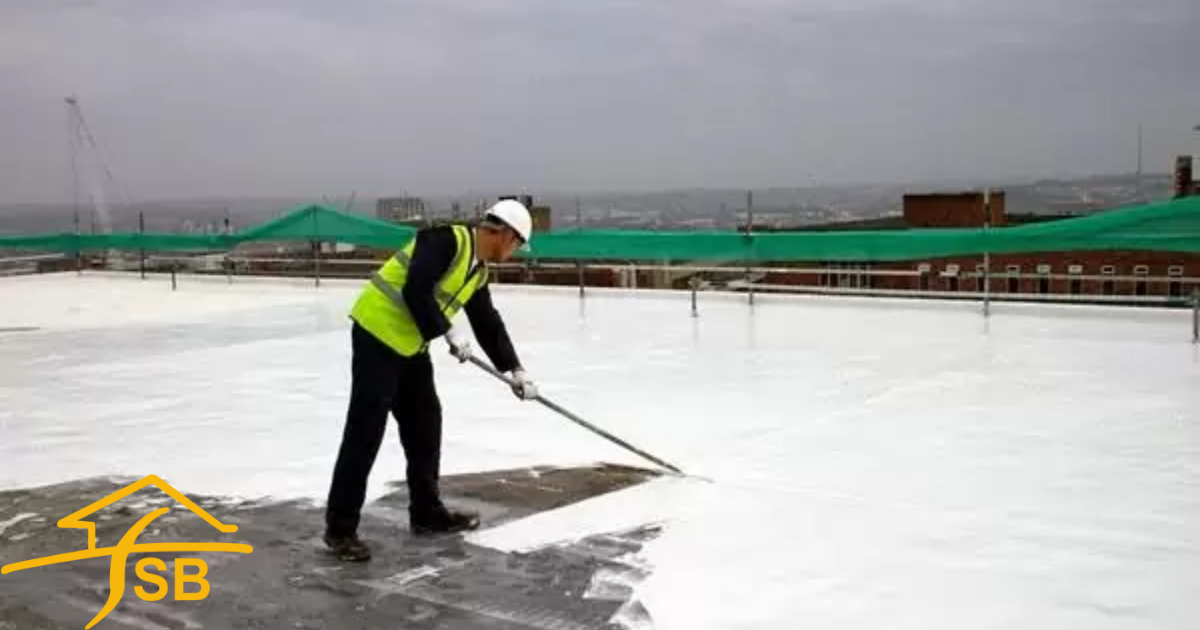As summer temperatures soar, keeping your home cool becomes essential for comfort and energy efficiency. Instead of relying solely on air conditioning, you can use brilliant cooling hacks to maintain a pleasant indoor temperature while reducing energy costs. This guide'll share expert-recommended strategies to help you beat the heat effectively.
Optimize Your Windows and Curtains
Windows can let in heat and sunlight, making your indoor space warmer. To minimize heat gain, keep blinds and curtains closed during peak sunlight hours. Blackout curtains or thermal blinds are particularly effective in blocking direct sunlight. Applying reflective window films can also reduce heat absorption while still allowing light to pass through.

External shading solutions, such as awnings, pergolas, and shutters, can significantly decrease indoor temperatures by preventing excessive heat from entering your home. Light-colored curtains are better at reflecting heat than dark ones, making them a smart choice for summer.

Maximize Air Circulation
Proper ventilation plays a crucial role in keeping your home cool. Opening windows strategically, especially to create cross-ventilation by opening them on opposite sides of the house, can help create a natural breeze. Ceiling fans should be set to rotate counterclockwise in summer, as this pushes cool air downward and creates a wind-chill effect.
Placing box fans near windows facing outward can help expel hot air and bring in cooler air from outside. Installing a whole-house fan can further reduce indoor temperatures, providing an effective cooling solution during hot summer days.
Reduce Indoor Heat Sources
Certain household activities generate heat and make your home warmer. Reducing heat-producing appliances such as ovens, stoves, and dryers during the hottest hours of the day can help maintain a cooler indoor environment.
Switching to LED bulbs is another effective strategy, as incandescent bulbs generate more heat while LEDs use significantly less energy and remain cooler. Unplugging unused electronics can also minimize heat buildup, as devices like laptops, televisions, and chargers continue to emit heat even when not in use. Cooking meals outdoors or using microwaves and slow cookers can prevent excessive heat from accumulating in the kitchen.
Enhance Insulation and Sealing
Good insulation is key to keeping cool air inside while preventing hot air from entering your home. Sealing gaps around doors and windows with weather stripping or caulk can prevent warm air from seeping in. Adding insulation to walls and attics can further reduce heat transfer and help maintain a stable indoor temperature.

Using a cool roof with reflective materials can significantly lower indoor temperatures, reducing the reliance on air conditioning. Placing draft stoppers under doors is another simple yet effective way to prevent warm air from entering living spaces.
Use Smart Cooling Techniques at Night
Nighttime provides an excellent opportunity to cool your home naturally. Opening windows at night allows fresh, cool air to circulate before closing them in the morning to trap the cooler air inside. Opting for breathable bedding, such as cotton or linen sheets, allows better airflow and helps wick away moisture, promoting a cooler sleeping environment. A simple trick to enhance cooling at night is placing a bowl of ice in front of a fan, which mimics the cooling effect of an air conditioner and provides relief from the heat.
Optimize Your Air Conditioner for Efficiency
If you rely on air conditioning, optimizing its efficiency can reduce energy bills while improving cooling performance. Setting the thermostat to an optimal temperature of around 78°F (25°C) strikes a balance between comfort and energy savings. Regularly cleaning or replacing AC filters ensures proper airflow and enhances efficiency.

Using a programmable thermostat, which adjusts temperatures based on your schedule, can help maintain comfortable temperatures without excessive cooling. Shading your outdoor AC unit can further increase its efficiency, ensuring it operates at peak performance during the summer.
Incorporate Natural Cooling Elements
Bringing natural cooling elements into your home can create a fresh and comfortable indoor atmosphere. Placing indoor plants like aloe vera, snake plants, and ferns can help absorb heat while also purifying the air. Using evaporative cooling techniques, such as hanging wet towels in front of fans, can naturally lower the indoor temperature. Decorating with light-colored fabrics, such as upholstery and rugs, helps reflect heat rather than absorbing it, contributing to a cooler environment.
.png)
Conclusion
By implementing these expert cooling hacks, you can enjoy a comfortable home environment while minimizing energy consumption. Whether it’s utilizing natural cooling methods, optimizing ventilation, or improving insulation, these strategies will help you stay cool even on the hottest summer days. Adopting these simple yet effective solutions can make a significant difference in enhancing indoor comfort and energy efficiency throughout the season.